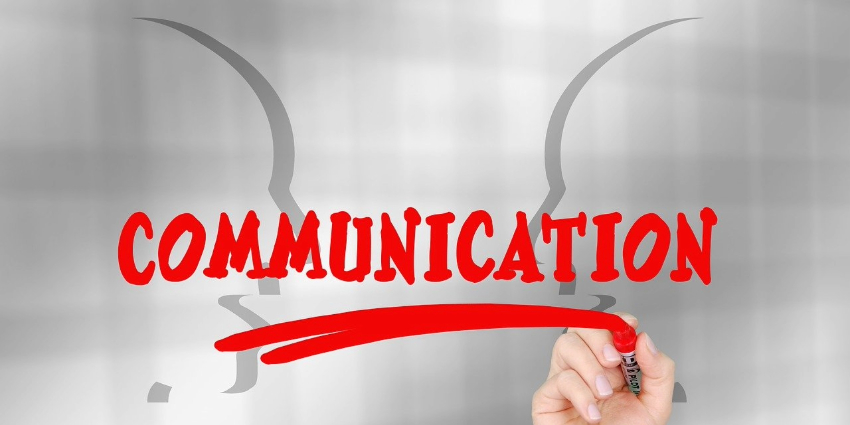Dr. Evian Gordon is the founder of the Brain Resource Company, which has developed the world’s largest brain research database. One of his work’s most central insights is the discovery that our brain’s organizing principle is to classify the world around us into two categories: things that will either hurt us OR things that help us stay alive. Gordon states that “everything you do in life is based on your brain’s determination to minimize danger or maximize reward.”
When our brain detects a threat that could endanger our life, our brain’s limbic system labels it a primary threat, and within about half a second, before we’re even consciously aware of what’s happening, our limbic system is aroused and our brain is formulating a response to that incoming data.
The challenge with the rapidity of that process is that the resources available to our prefrontal cortex (the location in the brain that makes our best decisions) quickly diminish. That means our brain receives less oxygen and glucose, our conscious processing no longer functions as it should, and we become more likely to respond negatively to the situation. And again, this occurs within half of a second!
It’s not that our brain is actively working against us, it is looking to protect us, and sometimes that doesn’t always serve us in the best way. However, this can work the other way as well. If we increase arousal in our prefrontal cortex, that can dampen the arousal of our limbic system. It’s kind of like a seesaw. We can make this happen by trying to find the right words to identify an emotional sensation we’re experiencing. This technique is called symbolic labeling.
The research behind symbolic labeling proves that if we can label and name the emotion we are experiencing, we can limit the arousal of our limbic system; therefore, allowing our pulse to slow, transmit more oxygen and glucose to our brain and, YOU GUESSED IT….make stronger, more positive, successful decisions.
Here’s the bottom line: describing emotion in just a word or two, helps reduce the emotion, and our brains have a better chance of working for us rather than against us.
Being able to stay calm under pressure is a basic requirement in our daily lives. For those of us in leadership positions, this need is even more acute. The most successful executives have developed an ability to experience high limbic system arousal while activating their prefrontal cortex and remaining in control by practicing symbolic labeling. Quickly labeling emotional states signals the brain that the threat is named, it’s manageable, and the prefrontal cortex is in control. Or as I like to say “Not today limbic system, not today.”
The brain can be wired to successfully deal with emotions when they are quickly labeled and named. People who have succeeded well under pressure have learned to operate in a state of limbic arousal while maintaining a quiet mind to think clearly.
Your challenge this week is to practice symbolic labeling. As you move through your days, use the Wheel of Emotions to identify the emotion you are feeling at the time (especially during stress). Quickly label it. Listen to your body – notice if your breath calms and notice if you sense your ability to refocus and shift your brain from threat to safety. Congratulate yourself on helping your brain work for YOU.
You can download and print a copy of the Wheel of Emotions here.













